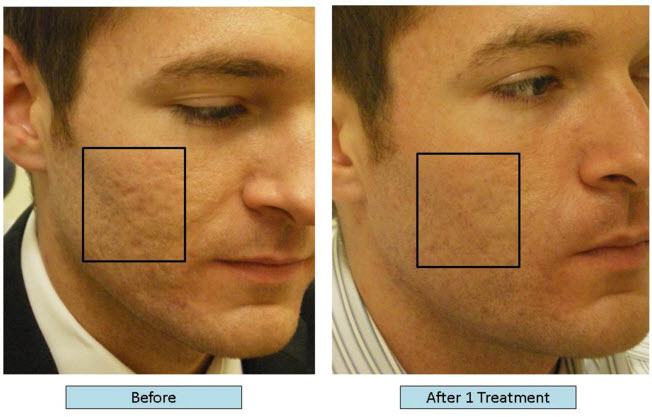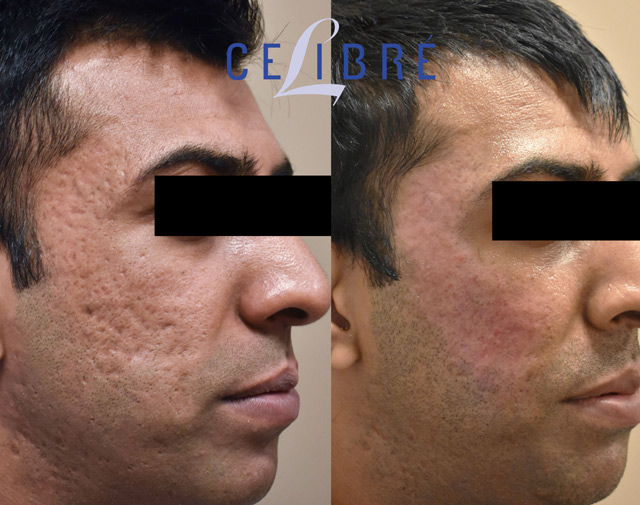Ingenious Acne and Acne Scars Treatment: Solutions for Every Skin Kind
Checking Out Skin Conditions: Recognizing and Dealing With Acne Scars for Healthier Skin
Acne marks stand for a significant worry for people seeking to preserve healthy and balanced skin, as they can impact both look and self-esteem. Comprehending the numerous types of marks, from atrophic to hypertrophic, is necessary for identifying suitable therapy options.
Comprehending Acne Scars
Understanding acne scars is essential for anyone that has actually experienced extreme acne, as these marks can have an enduring effect on both physical appearance and psychological well-being. Acne marks create when the skin undertakes inflammatory feedbacks throughout energetic acne lesions. The severity of scarring is often influenced by factors such as the kind of acne, its period, and specific skin characteristics.
The body's all-natural healing process can lead to either atrophic marks, which show up as anxieties in the skin, or hypertrophic marks, which are increased and arise from overproduction of collagen. In addition, the emotional toll of acne scars need to not be undervalued; many people report sensations of humiliation, stress and anxiety, and lowered self-confidence. This emotional burden can affect social interactions and total lifestyle.
Resolving acne marks calls for an extensive understanding of their formation and effect. Awareness of the potential for long-term repercussions connected with neglected marks can motivate people to seek appropriate treatments. Early intervention and effective monitoring approaches can substantially enhance skin appearance and boost psychological resilience, emphasizing the importance of comprehending the intricacies bordering acne scars.
Kinds Of Acne Scars
Acne marks can be categorized right into distinct kinds, each exhibiting unique qualities and calling for particular therapy approaches. The key sorts of acne scars include atrophic, hypertrophic, and keloid marks.

Hypertrophic scars, on the other hand, are elevated above the skin degree and are the result of excessive collagen manufacturing during the healing process. They generally continue to be within the boundaries of the original acne sore. Keloid scars are similar however extend beyond the initial injury site, developing larger, increased locations that can be uncomfortable or scratchy.
Understanding these sorts of scars is necessary for picking proper treatment alternatives. Different scars might respond much better to specific therapies, such as laser treatments, fillers, or surgical interventions, highlighting the value of a customized approach to acne mark administration.
Identifying Your Marks
Acne scars typically drop right into two classifications: atrophic and hypertrophic marks. These can additionally be categorized right into ice-pick marks, boxcar scars, and rolling scars, each exhibiting distinct characteristics and requiring various strategies for assessment - acne scars treatment.
Hypertrophic marks, on the other hand, are elevated and occur as a resource result of extreme collagen production during the healing procedure. Identifying the certain attributes of your scars-- such as width, deepness, and appearance-- is important for correct identification. Additionally, take into consideration the circulation of scars throughout your skin, as this can indicate the severity and duration of the acne condition.
Involving with a skin specialist can offer useful understandings right into the nature of your scars, aiding in the differentiation between numerous kinds. A thorough understanding of your scars will eventually result in a more tailored and efficient treatment plan, ensuring a more clear and healthier complexion.
Therapy Options Readily Available
Identifying the certain sort of acne scars existing on your skin prepares for discovering effective treatment choices. Typical sorts of acne scars consist of atrophic (clinically depressed), hypertrophic (elevated), and post-inflammatory erythema.
For atrophic scars, choices such as chemical peels, microneedling, and laser resurfacing are commonly made use of. Chemical peels make use of acids to get rid of the outer layer of skin, promoting brand-new cell growth.
Hypertrophic scars can be treated with corticosteroid injections to squash the scar or laser therapy to lower soreness and boost appearance. acne treatment for sensitive skin. Silicone gel sheets and pressure dressings might likewise aid in taking care of increased scars
Furthermore, dermal fillers can momentarily complete depressions from atrophic scars, while medical visit this website excision might be ideal for extreme cases. Each treatment option has its considerations and advantages, making it important to seek advice from a skin specialist. They can offer tailored referrals based on the kind and extent of your marks, in addition to your skin kind and total health.
Tips for Prevention
Effective avoidance methods can dramatically minimize the possibility of creating acne marks. Utilizing non-comedogenic items aids stop clogged pores, which can intensify acne.
Staying clear of need to pop or pick acne lesions is vital, as this can lead to deeper skin damages and increase the threat of scarring. Rather, think about using a chilly compress or non-prescription therapies to decrease swelling and redness.
Sun protection is an additional essential facet of prevention; ultraviolet (UV) rays can dim scars and prevent the healing procedure. Using a broad-spectrum sun block with at the very least SPF 30 daily Check Out Your URL can shield the skin and promote also recovery.
Last but not least, maintaining a balanced diet abundant in minerals, anti-oxidants, and vitamins sustains skin health and wellness and recovery. Remaining moisturized and taking care of stress levels can also play a significant duty in lowering acne flare-ups. By applying these methods, people can substantially minimize their opportunities of establishing acne scars.

Conclusion
In verdict, understanding and recognizing acne scars is crucial for effective treatment and attaining much healthier skin. Different types of acne marks, including hypertrophic and atrophic marks, necessitate specific interventions customized to individual demands. Treatment options variety from chemical peels and microneedling to corticosteroid shots, emphasizing the importance of seeking advice from a dermatologist. In addition, taking on a mild skincare routine and securing the skin from UV direct exposure can considerably contribute to the prevention of more scarring and total skin wellness.
The body's all-natural recovery procedure can result in either atrophic marks, which show up as anxieties in the skin, or hypertrophic marks, which are increased and result from overflow of collagen. They are further divided into three subtypes: ice pick marks, boxcar scars, and rolling scars. Acne scars typically fall right into 2 categories: atrophic and hypertrophic marks. These can further be categorized into ice-pick marks, boxcar scars, and rolling marks, each displaying unique attributes and requiring different approaches for assessment.
Numerous types of acne scars, consisting of hypertrophic and atrophic marks, demand certain treatments tailored to individual requirements.